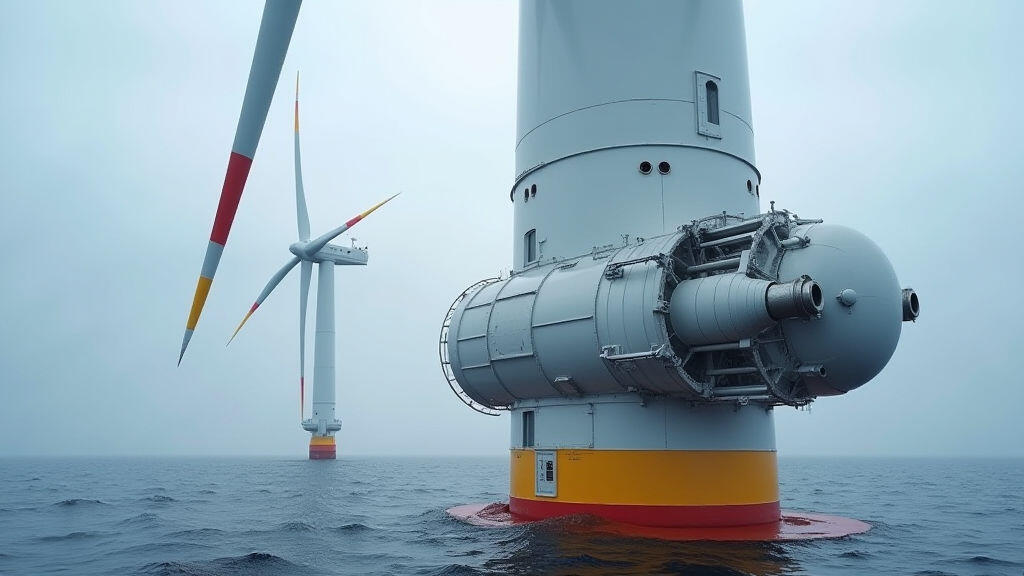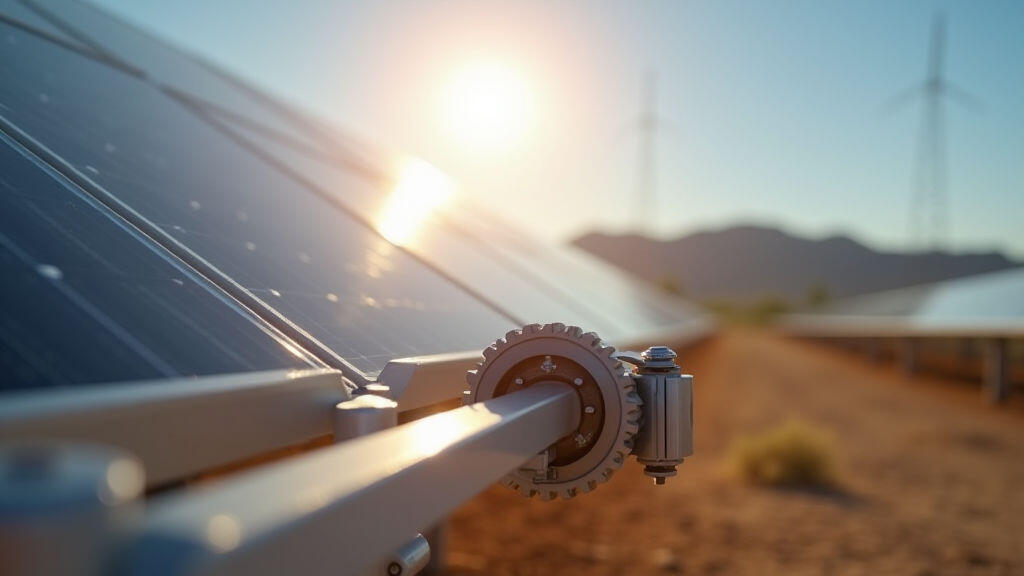Anjing Road, Xiaolan, Zhongshan, Guangdong, China
info@mes-drive.com
08.00 AM-09.00 PM

On October 1st, 2025 the European Union unveiled a €600 million investment package aimed square‑off the continent’s shift toward renewable energy. The plan targets the construction of 500 MW of new offshore wind farms, the expansion of solar‑tracker arrays, and the upgrading of grid infrastructure. The press buzz around this announcement has been unmistakable—politicians, industry leaders, and environmental advocates all converging on the same point: Europe’s clean‑energy future is now a concrete, scheduled rollout. In the quiet but essential heart of that future lie gear motors, the deceptively small but mighty transformers that make turbines spin, solar mirrors track the sun, and electric buses glide smoothly across city streets.

Wind energy’s exponential growth is largely a function of the gearbox, or gear motor, that sits inside the turbine’s nacelle. In a typical 2‑MW turbine, the generator turns at a few hundred revolutions per minute (RPM), far too slow to match the gearbox’s high‑speed gearhead designed for 1,200 RPM. The gear motor multiplies torque while reducing speed, allowing the generator to output electricity at the optimal voltage for transmission. With Europe’s new funding, a new wave of turbines will need efficient, durable gear motors that can handle extensive operating hours and the corrosive salt‑laden offshore air. The drive for “gearbox‑free” turbines—those that use permanent‑magnet motors without mechanical gearboxes—has been a hot research field, but for the majority of installations, high‑quality gear motors will continue to play a pivotal role.

Solar trackers, too, rely on gear motors to continuously adjust the panel tilt and orientation for maximum sunlight capture. The new EU plan’s emphasis on grid‑scale pumped‑storage facilities demands the same sturdy, repeatable motion enabled by well‑designed gear motors. As fewer panels are needed when trackers can follow the sun's path, the cost savings translate directly into economies of scale for gear motor manufacturers, who are now racing to offer faster, quieter, and more energy‑efficient units.
Industry leaders are viewing gear motors not just as passive components but as intelligent assets. Add-ons such as integrated sensors and Bluetooth connectivity allow real‑time monitoring of temperature, vibration, and load, feeding data into digital twins that predict maintenance windows and optimize performance. The EU’s “Industry 4.0” directive, which dovetails with the clean‑energy campaign, encourages manufacturers to embed smart technology in machinery, turning a simple gear motor into a factory‑wide data node. Because every turbine or tracker that outperforms and lasts longer reduces the total lifetime cost of a project, the demand for gear motors that combine mechanical excellence with digital functionality is expected to soar.
On a market level, the gear motor sector is poised for a 12 % compound annual growth rate over the next five years, according to a recent forecast by MarketsandMarkets. This surge stems from more than just wind and solar. Electric buses rolling out in cities across Spain, Germany, and Poland—driven by the EU’s “Fit for 55” emissions targets—require robust gear motors for their rapid acceleration and regenerative braking systems. Each city upgrade signals to gear motor producers a growing rural‑urban demand for efficient propulsion. Concurrently, the global supply chain shift toward “Made in Europe” initiatives means local gear motor manufacturing will benefit from reduced logistics costs and faster innovation cycles.
Another not‑to‑be‑missed link is the rise of autonomous delivery drones. In October, the UAE launched the largest offshore drone fleet demonstration for parcel delivery. These drones depend on high‑precision gear motors to control rotor speed, stabilize flight path, and manage payload shift in real time. As drone fleets expand, the requirement for micro‑gear motors that can operate within extremely tight weight envelopes while delivering high torque will grow dramatically, opening a potentially lucrative niche for gear motor designers focused on miniaturization and agility.
Now here’s a thought: if you think a gear motor is just an industrial part, consider what it does for everyday life. It takes the raw kinetic power of wind or the Sun’s position and translates it into clean, usable electricity that can power your home, charge your phone, or keep your city running smoothly. When we talk about the giants of tomorrow—the megatrains, floating solar farms, and smart cities—gear motors are the unseen workhorses that hold the machinery together. They’re the micro‑engine that keeps the macro‑processes humming.
In conclusion, the EU’s 2025 green energy push isn’t just a policy headline; it’s a cascade of engineering feats that will require billions of new gear motors worldwide. From offshore wind turbines that must endure harsh marine environments to solar trackers that constantly adjust for optimal light capture, from electric buses making low‑emission streets a reality to autonomous drones redefining delivery logistics—gear motors sit at the nerve center of these ambitions. Their role in increasing efficiency, reducing carbon footprints, and enabling smarter, data‑driven operations positions them not just as a component, but as a strategic catalyst for the renewable energy revolution. The future belongs to those who build better gear motors, as they are the silent gears turning the world toward a cleaner, more sustainable tomorrow.
Leave A Reply
Your email address will not be published. Required fiels are marked